As far as vehicle niches go, this is pretty niche. The Mercedes-Benz EQV is Australia’s first premium electric seven-seat commercial vehicle-based people mover.
The EQV falls under Benz’s electric ‘EQ’ banner and is based on the Vito van platform, but adapted to house an all-electric powertrain.
However, unlike the popular EQA small SUV or recently launched EQB, don’t expect to see too many EQVs on the roads.
It is likely to appeal to airport transfer operators, hotels and other corporate customers that need to ferry multiple people around in comfort.
But given the kilometres those airport limo drivers can clock up in a day, is an EV capable of doing the job? And will these buyers be happy to fork out more than $150,000 for the privilege?
Mercedes-Benz EQV 2023: 300
| Engine Type | 0.0L |
|---|---|
| Fuel Type | Electric |
| Fuel Efficiency | 0.0L/100km (combined) |
| Seating | 7 |
| Price From | $141,350 - $162,470 |
Price and features - Does it represent good value for the price? What features does it come with? 6/10
It’s fair to say the EQV isn’t cheap. At $155,338 before on-road costs, it’s now the priciest people mover money can buy in Australia.
But, it’s not without expensive electric competitors. Chinese commercial vehicle specialist, LDV, has just launched a new MPV dubbed the Mifa 9, another people-moving EV. The price for that model ranges from $106,000 to $131,000, before on-road costs.
Soon enough Volkswagen will have its funky ID. Buzz people hauler here as well, while Ford’s Transit Custom-based Tourneo MPV now has an electric version in Europe.
.jpg)
Point is, Benz and LDV aren’t going to be on their own for long.
The EQV sits alongside the mechanically related internal combustion V-Class in its line-up and that model ranges from $91,668 and $106,344. So it's quite a leap to electric from there.
The EQV is offered in one grade in Australia and Mercedes has ensured it has a decent amount of standard gear. The EQV comes with a 10.25-inch central screen housing the 'MBUX' multimedia system and operated via touchscreen or touchpad, digital radio, Apple CarPlay and Android Auto, sat-nav, and USB-C ports.
.jpg)
It also gets power side doors, leather trim, a Burmester surround sound system, multifunction leather steering wheel, heated power adjustable front seats, ambient lighting, automatic dual-zone climate control with pre-entry climate, a seat rail system and rear removable parcel shelf.
Lining the specs up next to the LDV reveals that the Mifa 9 Luxe has more gear. It’s not super surprising given that model is very new and LDV has a strong value proposition. Also the underpinnings of the EQV are older.
But at more than $150K and a Benz badge, you think there would be a few more goodies, like heated rear seats or a massage function. Some extra luxuries would be nice, but it’s certainly not without the good stuff.
EV Specs for Mercedes-Benz EQV 2023
| Drivetrain | Electric |
|---|---|
| Battery capacity | 90kWh |
| Battery type | Lithium-ion |
| Range | 418 (NEDC), 355km (WLTP) |
| Plug type | Type 2 CCS |
| DC charge rate | 110kW |
| AC charge rate | 11kW |
| Motor output | 150kW/365Nm |
| Efficiency | 26.3kWh/100km |
Design - Is there anything interesting about its design? 7/10
If you’ve seen a Mercedes van or people mover, you’ll have an idea of the EQV.
The difference between it and its V-Class twin is the ‘EQ’ touches, including the front end that has a definite connection to other EQ models like the EQA.
The chrome-rimmed grille is blacked out and has fins, and that’s the key difference between the two MPVs. Otherwise it’s a very large white box on wheels. Nicely designed 18-inch five-spoke alloy wheels, at that.
.jpg)
Inside, the EQV is showing the age of this vehicle's shared underpinnings. Next year will mark 10 years since the current Vito went on sale in Europe, and while it and its derivatives are still somewhat handsome, the interior is getting on.
It’s hard to fault the materials used inside, and elements like the perforated leather steering wheel, and dash stitching are welcome, but it could feel even more premium. It’s no more high-end than a Kia Carnival Platinum that is more than half the price of the EQV.
But the look of the dash is very reminiscent of Benz models from a few years back - certainly nothing like the twin-screen set-up of the current crop. And given the size of the cabin, the 10.25-inch central screen looks small in this vehicle.
.jpg)
Practicality - How practical is the space inside? 8/10
If space is what you want, space is what you’ll find in the EQV. People movers like the Kia Carnival are incredibly spacious, but they can’t compete with something that’s spawned from a commercial vehicle platform, like this Benz.
Thanks to the flat floor and 2+2+3 three-row seating layout, you can literally stand up (depending on your height) and walk from the driver’s seat to the third row.
Back up front, the old underpinnings mean no fully digital instrument cluster here, just analogue dials, which is not a bad thing.
That also means the air con controls are separate from the central screen and therefore easy to use.
.jpg)
The MBUX system isn’t as advanced as the version fitted to the latest Benz models, and as a result there are fewer functions and it’s less complicated to use. There’s a touchpad as well as the touchscreen but I only ever used the screen.
Another slightly old school element to the EQV is the fact that it requires a key to start. Which is unusual for an EV. Also, the ignition is on the left side of the steering wheel which is great news for left-handed people but it’s somewhat annoying if you’re right-handed.
Storage wise up front, there is a decent space with a cover under the centre stack, housing cupholders, two USB-C ports and a 12-volt charger, but no wireless charger. There’s ample space for very large bottles in the front doors and it has a medium-sized glove box.
The front leather seats with fold-down armrests on each side are well bolstered and are very comfortable, too. No complaints there.
.jpg)
Given this car is designed to ferry people around, you’d hope for a functional rear cabin and on that Benz has delivered - for the most part.
Unsurprisingly given the EQV’s massive dimensions, there is a huge amount of headroom, legroom, and hip and shoulder room in all rows.
Both sliding side doors are power operated and one (the passenger side) can be opened via the key fob. The very large tailgate is also power operated.
Those two second-row captains chairs are comfy and supportive. There are map pockets on the rear of the front and second-row seats. There are floor and roof-mounted air vents, but just roof vents in the third row.
There’s not a whole lot of storage options in the second row, while the third row has stand-up phone holders, but that’s about it. No USB ports back there.
If you’re folding the second row seats, they’re quite heavy and cumbersome. But tumbling them forward via the lever is much easier. That ensures ample space to get into the third row.
The third row can be folded flat as well but you have to remove the very large and heavy parcel shelf from the cargo area. Like the seats the shelf structure is also on rails and it lifts out if required. That third row can also slide but not as far as the second row.
.jpg)
The shelf can double as a stand-up desk for a computer in the rear if required. It’s actually quite handy.
And it helps hide items in the boot. It comes with plastic folding shopping crates.
Benz says the boot can swallow 1030 litres with all seats in place, but minus the parcel shelf. It also has a 17-inch spare steel wheel under the rear of the vehicle.
.jpg)
Drivetrain - What are the key stats for the drivetrain? 7/10
The EQV is a battery electric vehicle that uses a single motor that sends up to 150kW of power and 365Nm of torque to the front wheels. It is paired with a 90kWh lithium-ion battery pack housed beneath the floor. The kerb weight is a hefty 2846kg.
With a DC charging capacity of up to 110kW, topping the battery up from 10 to 80 per cent can be done using a rapid charging station in about 45 minutes.
If you use an 11kW AC charger, like a Mercedes-Benz Wallbox, it will take approximately 10 hours to recharge from empty to 100 per cent.
Energy consumption - How much does it consume? What’s the range like, and what it’s like to recharge/refuel? 7/10
According to Mercedes-Benz, the EQV has a driving range of 418km on the NEDC cycle, which is about 355km on the WLTP cycle, which is seen as more real world.
I covered 233km in the EQV and by the end of the week the vehicle’s trip computer was sayong I had used 239km of range, which is pretty close.
As an example of how this vehicle would be used, let’s say an airport transfer driver did six trips to and from the Melbourne CBD to the airport in a day (about 46km), that’s about 276km - which is well within the EQV’s range.
.jpg)
However, when you consider the diesel V-CLass has a range of more than 900km, you can see why some buyers might not want to take the risk.
It consumes 26.3kWh of energy, which was the same figure I achieved.
The EQV has a CCS charging port.
Warranty & Safety Rating
Safety - What safety equipment is fitted? What safety rating? 8/10
At this point, ANCAP has not rated the EQV.
Benz has fitted the EQV with standard safety gear including A-to-D-pillar window airbags, auto emergency braking, driver and front passenger airbags (front, thorax and window), hill-start assist, lane keep assist, blind spot monitor, crosswind assist, reversing camera and sensors, driver attention warning, and a tyre pressure monitor.
.jpg)
It also has Benz’s ‘Active Distance Assist DISTRONIC’ which uses the adaptive cruise control to reduce and increase speed according to the movement of the vehicle it is following.
The Benz’s lane keeping aid is not intrusive. Rather than steering you back into the lane it has a haptic steering wheel vibration and audible alert. The adaptive cruise control is responsive, too.
Ownership - What does it cost to own? What warranty is offered? 8/10
The EQV is covered by a five-year, unlimited-kilometre warranty for private buyers (that drops to five years/250,000km for commercial buyers), and an eight-year or 160,000km battery warranty.
The servicing schedule is once a year or every 40,000km.
.jpg)
Benz offers the EQV with a choice of three servicing plans, covering three services ($1252), four ($1959), or five services ($2149).
It also comes with a one-year complimentary Chargefox subscription.
The warranty terms are a little better than the LDV Mifa 9 (five years/160,000km), but you get more kilometres (200,000km) for the battery warranty on the LDV.
Driving - What's it like to drive? 6/10
Driving the EQV feels a bit like driving a bus. That’s because you’re essentially driving a bus.
There’s no getting around the EQV’s size and heft, especially in an urban driving setting. It’s massive and challenging to park, especially in inner city areas with small spaces. It also has a pretty sizable 12.9-metre turning circle.
It does also have excellent visibility thanks to a significant amount of glass around you.
After so many years of complaining about Mercedes’ steering wheel-mounted gear shifter, I think I have finally come around to it. Would I prefer it in the centre console? Yes, but I now think the stalk is actually a logical place for it.
.jpg)
A stalk is a less logical place to house cruise control buttons. They are much better on the steering wheel than a stalk hidden behind the wheel.
From take-off, the EQV doesn’t quite flaw you with its acceleration like some EVs can. It’s more leisurely, but far from slow.
The 0-100km/h dash is done in approximately 12 seconds but around town it is responsive enough. In fact, on a particularly hectic day rushing to and from appointments all over town, I was surprised how lively the EQV felt, despite feeling heavy on the road.
As expected, it’s quiet on the road, for the most part - a nice change from diesel engines found in its siblings. But I did notice some creaking noises when driving on less than perfect tarmac.
.jpg)
The steering is weighted on the heavier side and slow to respond but that’s fine for a vehicle like this. You don’t need point and shoot steering for a 3.0-tonne bus. The brakes are not super responsive and require a bit of weight in the foot.
The biggest issue is with the EQV’s ride. The firmly sprung suspension combined with the vehicle’s mass means that you feel, and hear, every single bump.
I understand it is a commercial vehicle platform but given its positioning, Benz could have done more to soften the ride and make it less crashy, especially over speed bumps, potholes and sections of roadwork.
The EQV bumps along the road after you’ve gone over a speed bump and takes a while to balance itself out. It’s this floaty, bouncy ride characteristic that makes all but the smoothest roads a bit of a chore.
Verdict
The EQV is indeed a curious offering. The driving range is decent, but not outstanding, and depending on what you’re using it for, it could be a savvy investment. Especially if you charge using solar power. You’ll also save on servicing costs. But if you’re a limo operator, it really will depend how many kilometres you’re going to do each day. A V-Class might suffice.
Either way it’s great that Benz is giving buyers electric options in a variety of body styles and segments - an SUV simply won’t suit everyone.
If you can live with that ride quality and have the deep pockets for an EQV, there’s more than enough to like. But I suspect there won’t be many of you.
Range and Specs
| Vehicle | Specs | Price* |
|---|---|---|
| 300 | Electric, 1 SPEED AUTOMATIC | $141,350 - $162,470 |


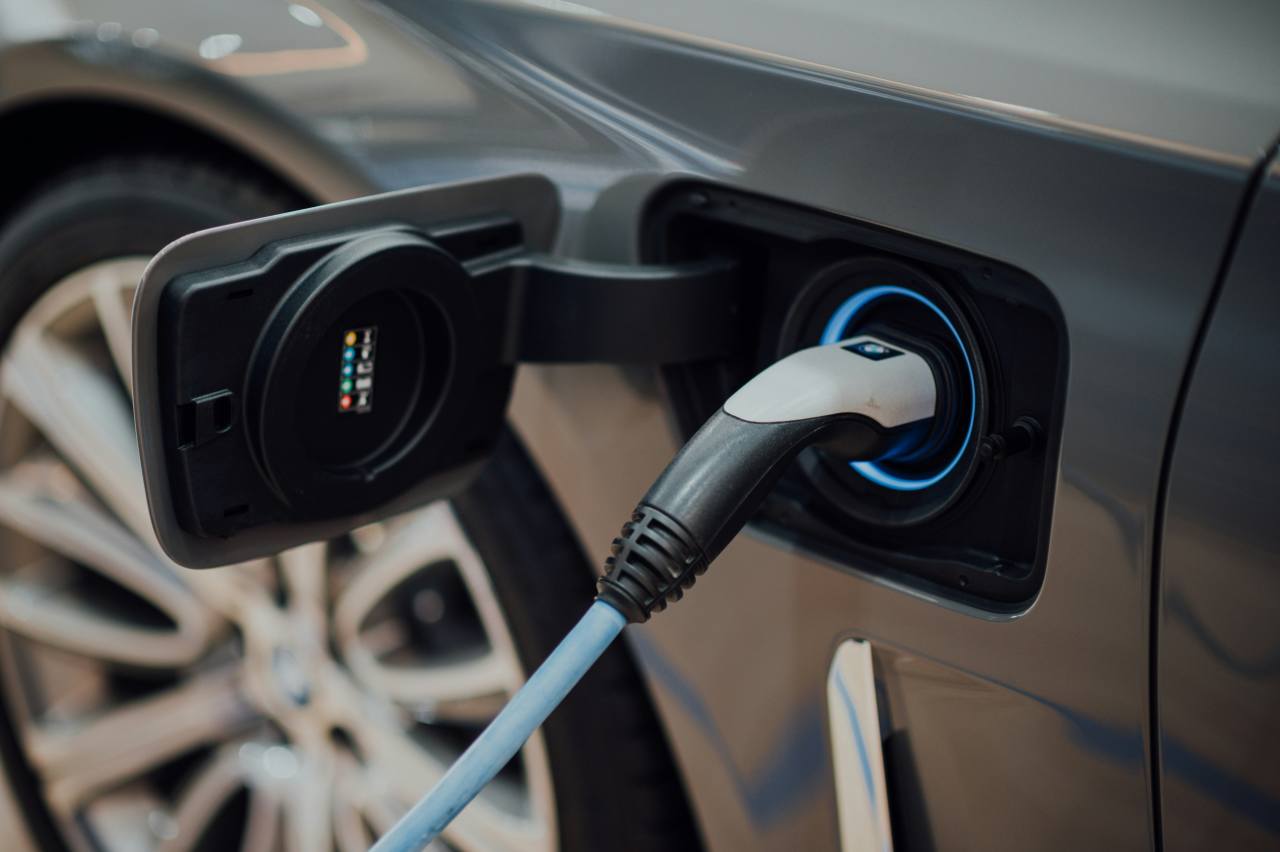
.jpg)

.jpg)
.jpg)
.jpg)
.jpg)
.jpg)
.jpg)
.jpg)



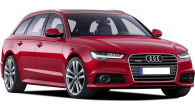

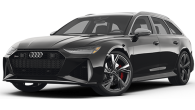
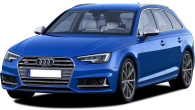




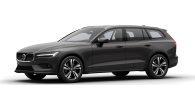
.jpg)




.jpg)

Comments